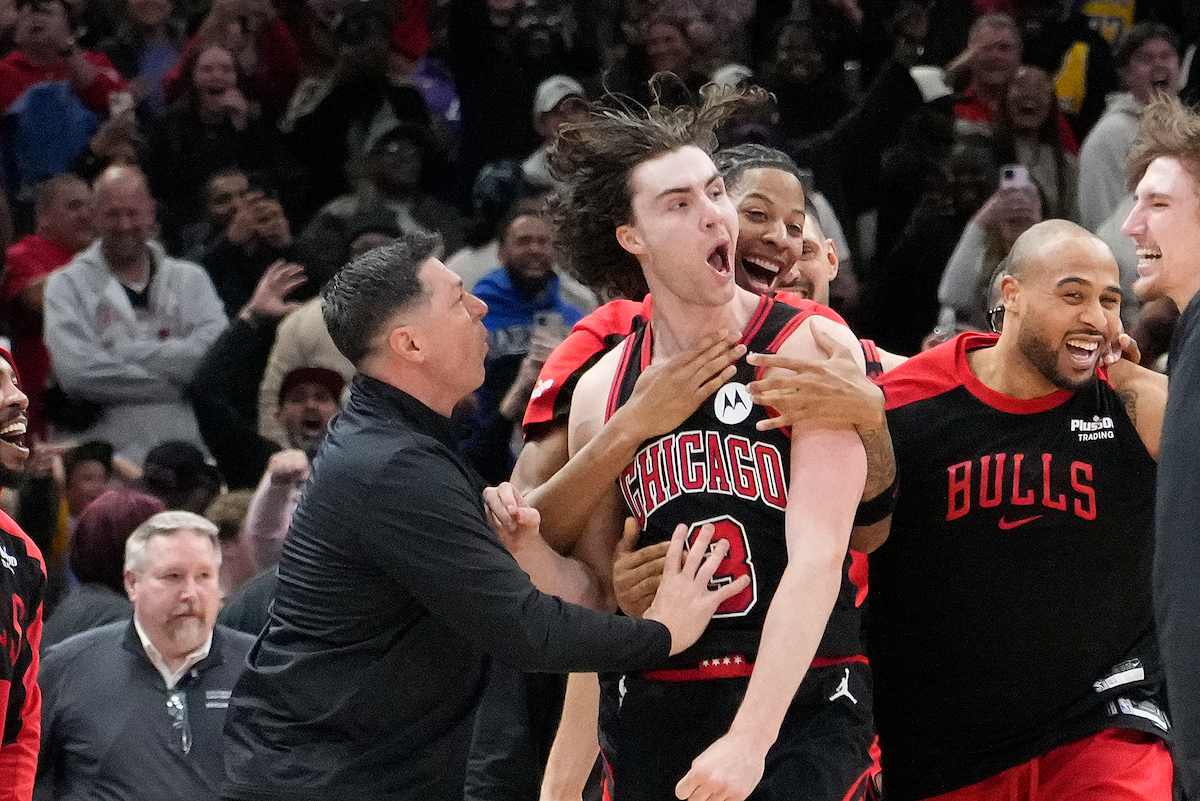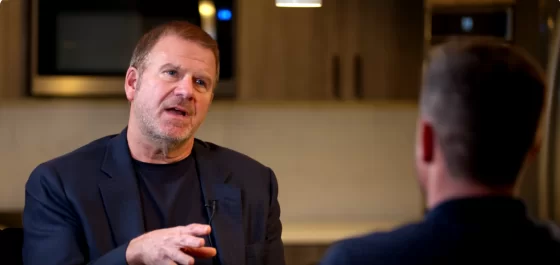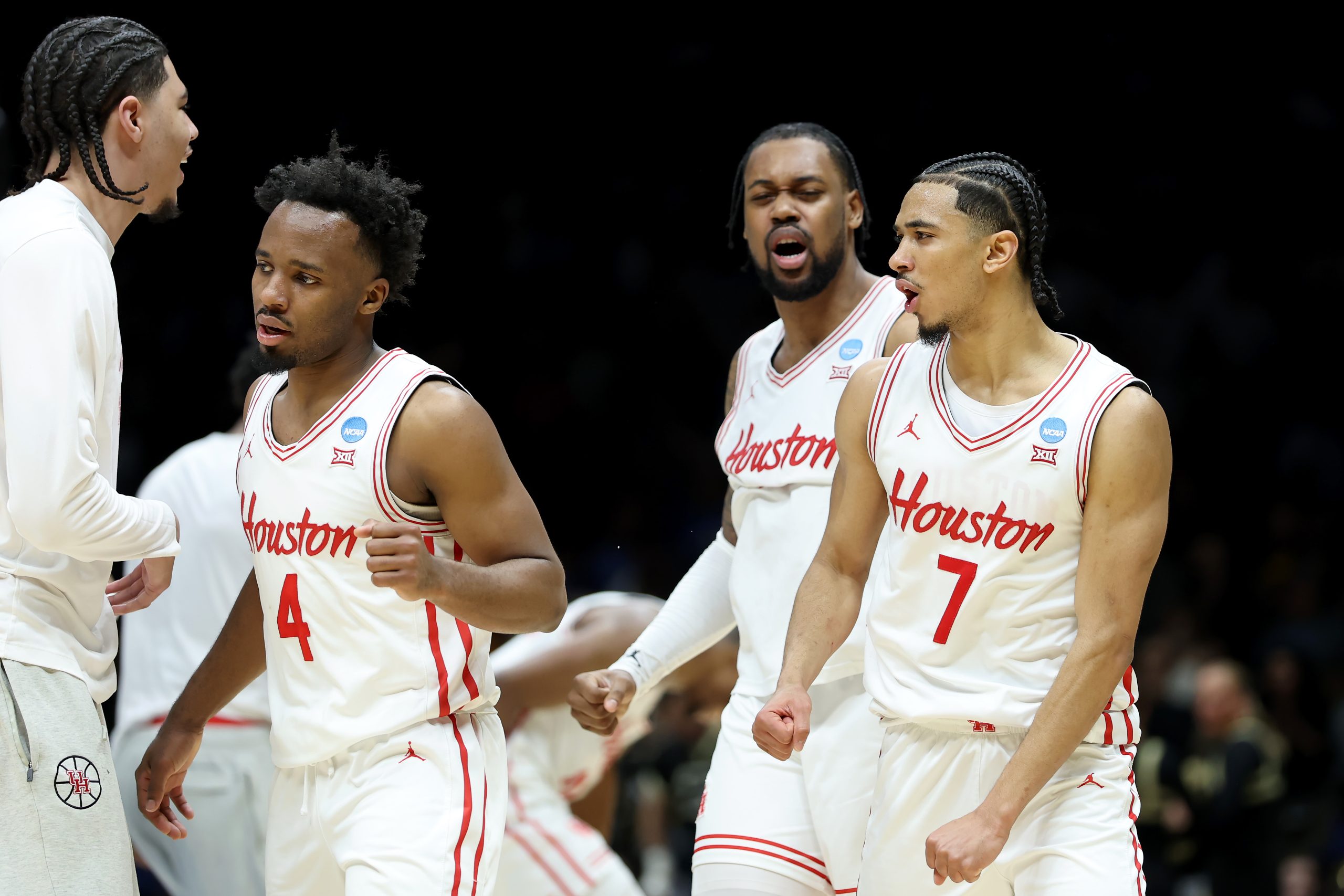After the NBA Draft, Boston Celtics President of Basketball Operations spoke to the media about their selection, the lack of movement on draft night, and other upcoming offseason decisions that rest in Boston’s future.
The Celtics selected Alabama guard JD Davison with the 53rd-overall pick. Stevens spoke about the selection, praising Davison’s explosiveness and playmaking.
“He’s a guy that we’ve seen all year long. Very young, very explosive, that’s pretty obvious,” Stevens said of the one-year guard out of Alabama. “Has the ability to get inside the paint and make plays and has some things he’ll have to improve on, but he’s a good competitor.”
Davison averaged 8.5 points, 4.8 rebounds, and 4.3 assists on 46.3% shooting from the field and 30.1% shooting from behind the three-point line.
Stevens mentioned that, while the Celtics didn’t bring Davison in for a workout, they had been monitoring him all year. He said that because of that, they understand his strengths and weaknesses pretty well.
“We spent a lot of time scouting him in person this year… We saw several games live as a staff,” said Stevens. “We’re very well-versed with who he is and what he brings to the table, and what he needs to work on.”
Along with praising the 19-year-old’s strong suits, Stevens pointed out Davison’s youth.
“He had some incredible games and he also had some games where he looked like a freshman, but he always competed… We do think he’s got a good feel as far as getting the ball out of his hands quickly,” said Stevens.
Davison averaged 2.9 turnovers with the Crimson Tide, one of his main weak points. He’s not quite a dependable ball-handler just yet, but that sort of thing can be developed with time. Plus, Stevens admitted that Boston’s draft “was about finding a guy we can invest in and put a lot of time in to.”
Stevens also spoke about the pre-draft rumors that Boston could look to move up into the late first-round or early second. He said that the asking price for those picks was just too high for the Celtics to engage in serious trade talks.
“The cost for moving up was just too much for where we are, whether that was the 20s or even the 30s or low 40s, we got a list of guys we were comfortable with and as the day continued, we had a couple of guys that were still on our board to choose from,” Stevens revealed.
Rumors circulated before the draft that the Celtics could be willing to part ways with bench pieces in favor of adding players toward the end of the first round, but in the end, they decided against it.
When asked about the decision, Stevens said that trading away valuable assets and using their TPE isn’t something they wanted to do at this moment in time.
“We talked about moving up, but parting with significant players on our team, or using our TPEs and other assets, wasn’t something we wanted to do right now,” said Stevens.
The Celtics have a multitude of TPEs that can be used this summer, including ones worth $17.1 million (expires July 18), $6.7 million (expires January 19), and $5.9 million (expires February 10). See more details here.
As far as using them, however, Stevens doesn’t feel pressured. He said that even if the $17.1 million TPE expires, the Celtics are confident in their ability to utilize other, smaller TPEs, all of which won’t expire until around next year’s trade deadline.
Stevens also hinted that Boston already has their eyes on some players who could fit into their TPEs, and while they may not have made any moves on draft night, there could be some action in store this summer.
“We’ve talked about that for a while. We know who fits in that TPE and who might be available. Now, it’s about cost,” Stevens stated. “We decided tonight that we didn’t find anything we were ready to use the TPE on. But things are just getting started.”






